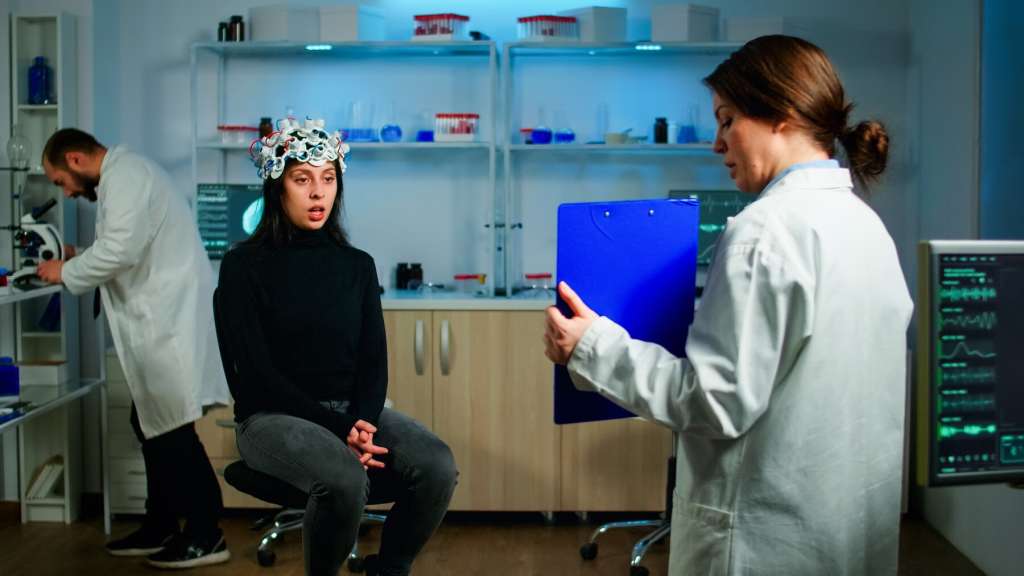The brain is a difficult component to study due to its inherent complexity. The thousands of neuron types, the trillions of connections, and the billions lead to this inherent complexity. Also, the brain works at different scales in both the time domain and the physical sense.
No single technology is enough to understand the electrical activity of the brain. Due to this, scientists have a collection of tools at their disposal. Some of these tools, including a 32 channel EEG kit and fMRI, can be used on human beings since they’re non-invasive.
Let’s discover the three most popular ways scientists use to monitor human brainwaves effectively.
EEG: Electroencephalography
The best-known technique to monitor human brainwaves is EEG, which directly captures the electrical activity of the brain. It captures the electrical activity through electrodes glued on the subject’s scalp.
However, this technique doesn’t capture action potentials. These are electrical events that allow neurons to communicate with each other. It only surveys the summed activities of millions of neurons in the oscillatory activity form. It is challenging to know the information that these oscillations carry.
However, different oscillation frequencies correlate with different states of behaviour. EEG features a temporal resolution that is superior to fMRI, meaning it can be accurately used to track neural dynamics in humans. In most cases, this technique is used to monitor and determine the brain’s electrical response to a condition or stimulus.
ECoG: Electrocorticography
ECoG is almost similar to EEG. It captures and monitors the combined activity of thousands of neurons. It does this in the oscillatory waves form. However, major differences exist. This method requires electrode array insertion under the scalp, meaning surgery is required. ECoG is only ideal for patients who are already scheduled for medical surgeries that involve scalp opening.
This technique also allows significantly enhanced activity source localisation and the recording of a higher frequency electrical activity. These characteristics are helpful during epilepsy surgery. This technique isn’t ideal for research purposes. It’s too invasive. That means it cannot be used on human beings who don’t require brain surgery.
fMRI: Functional Magnetic Resonance Imaging
After EEG, another widely known method to monitor human brainwaves effectively is fMRI. This method monitors neural activity.
Functional Magnetic Resonance Imaging (fMRI) allows brain anatomy. This is obtained from a structural, instead of a functional, MRI scan. However, it has its set of limitations. Its spatial and temporal resolutions are poorer than what most scientists would want.
However, this technology allows unrivalled analysis of where and to what extent various functions of the brain may be localised. Scientists are continuing to find ways to improve its temporal and spatial resolution.
Imaging methods like EEG, ECoG, and fMRI can help monitor human brainwaves effectively. EEG is the most popular, thanks to the numerous benefits it offers. It is non-invasive as well as cost-effective. You can visit BrainAccess to discover more about this popular technique.











